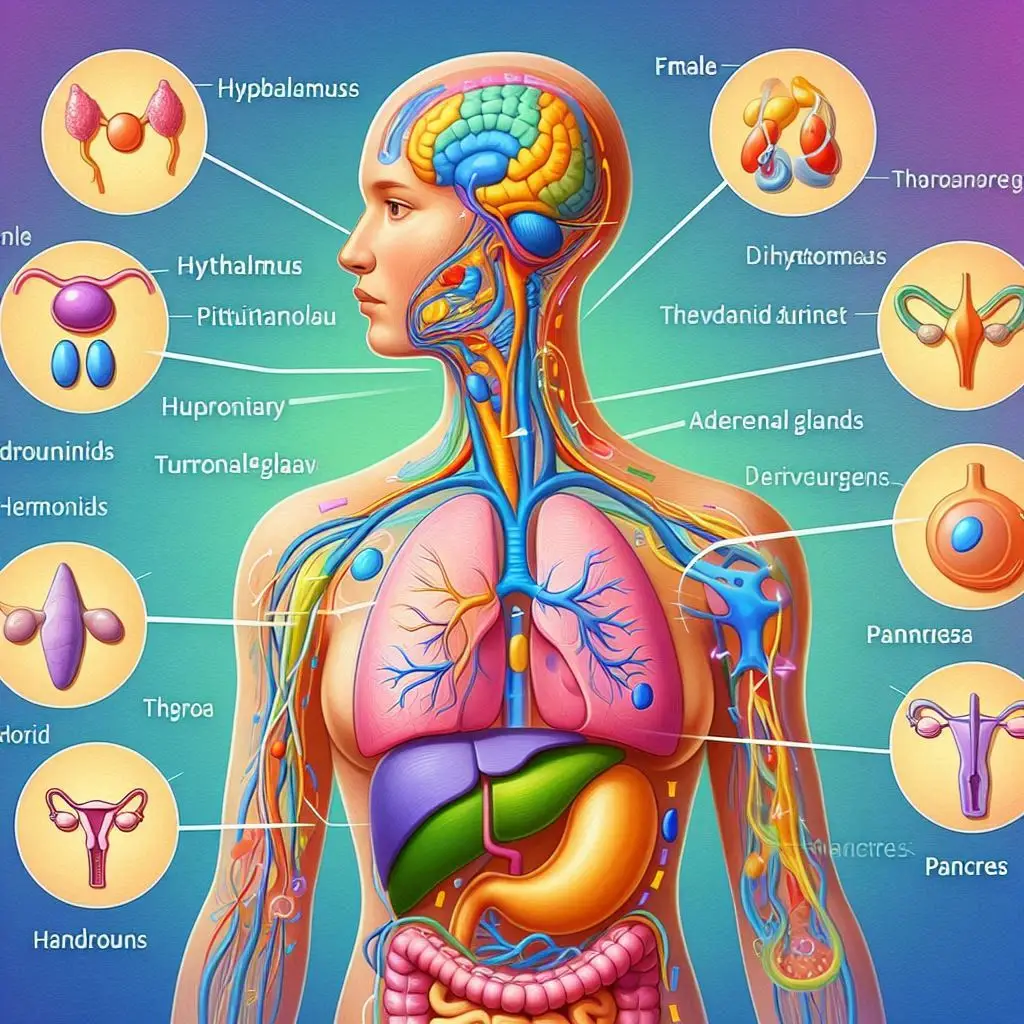Ligand-Gated Ion Channels in Animals

Introduction to Ligand-Gated Ion Channels
Ligand-gated ion channels (LGICs) are essential components of cellular signaling in animals. They are integral membrane proteins that allow ions to flow across the cell membrane upon binding with specific ligands, such as neurotransmitters. This interaction is crucial for various physiological processes, particularly in the nervous system. Understanding LGICs can provide insights into their roles in health and disease.
What Are Ligand-Gated Ion Channels?
Definition and Basic Structure
Ligand-gated ion channels are transmembrane proteins that form a pore through which ions can pass. These channels typically consist of three to five subunits that assemble to create a functional channel. Each subunit contains a ligand-binding domain and a transmembrane domain, allowing for the selective passage of ions when activated.
Mechanism of Action
When a ligand binds to the channel, it induces a conformational change that opens the pore. This process allows ions such as sodium (Na
+
+
), potassium (K
+
+
), calcium (Ca
2+
2+
), or chloride (Cl
−
−
) to flow through the membrane. The movement of these ions is driven by electrochemical gradients, and this process occurs rapidly, often within milliseconds.
Types of Ligand-Gated Ion Channels
Cys-Loop Receptors
Cys-loop receptors are one of the most studied families of LGICs. They include:
- Nicotinic Acetylcholine Receptors (nAChRs): These receptors mediate fast synaptic transmission at neuromuscular junctions.
- GABA Receptors: These receptors are critical for inhibitory neurotransmission in the central nervous system.
- Glycine Receptors: Similar to GABA receptors, glycine receptors also mediate inhibitory signals.
For more information on Cys-loop receptors, visit PubMed Central.
Ionotropic Glutamate Receptors
These receptors are vital for excitatory neurotransmission and include:
- N-Methyl-D-Aspartate (NMDA) Receptors: Involved in synaptic plasticity and memory function.
- AMPA Receptors: Mediate fast synaptic transmission.
- Kainate Receptors: Also play roles in excitatory signaling.
For further reading on ionotropic glutamate receptors, check out Kenhub.
P2X Receptors
P2X receptors are a unique family of LGICs activated by ATP. They play significant roles in various physiological processes, including muscle contraction and pain signaling.
Physiological Roles of Ligand-Gated Ion Channels
Synaptic Transmission
LGICs are primarily located at chemical synapses in both central and peripheral nervous systems. When neurotransmitters are released from presynaptic neurons, they bind to LGICs on postsynaptic membranes. This binding leads to rapid changes in membrane potential, facilitating communication between neurons.
Modulation of Synaptic Strength
LGICs also contribute to long-term potentiation (LTP) and long-term depression (LTD). LTP strengthens synaptic connections by increasing receptor density following repeated stimulation. Conversely, LTD weakens these connections by reducing receptor availability. Both processes are essential for learning and memory.
For an overview of LTP and LTD mechanisms, refer to Nature.
Clinical Implications
Understanding LGICs has significant clinical relevance. Many drugs target these channels to treat various neurological disorders.
Anxiety Disorders
Benzodiazepines enhance GABA receptor activity, promoting inhibitory neurotransmission and reducing anxiety symptoms.
Alzheimer’s Disease
Cholinesterase inhibitors increase acetylcholine levels by preventing its breakdown. This approach helps improve cognitive functions in patients with Alzheimer’s disease.
Epilepsy
Antagonists of glutamate receptors can help manage seizures by reducing excitatory signaling in the brain.
For more insights into the clinical relevance of LGICs, see JoVE.
Research Advances
Recent studies have focused on understanding the kinetics of LGIC activation and deactivation. New techniques allow researchers to measure ion currents and fluorescence signals rapidly, providing detailed insights into channel behavior under different conditions.
Conclusion
Ligand-gated ion channels play a crucial role in cellular communication within animal systems. Their ability to mediate fast synaptic transmission makes them vital for numerous physiological processes. Understanding their structure and function not only enhances our knowledge of basic biology but also informs therapeutic strategies for various diseases.
More from Veterinary Physiology:
https://wiseias.com/adrenal-glands-in-animals/
https://wiseias.com/temperature-stress-animal-heart-health/
https://wiseias.com/understanding-factors-that-regulate-glomerular-filtration-rate-gfr-in-animals/




Responses